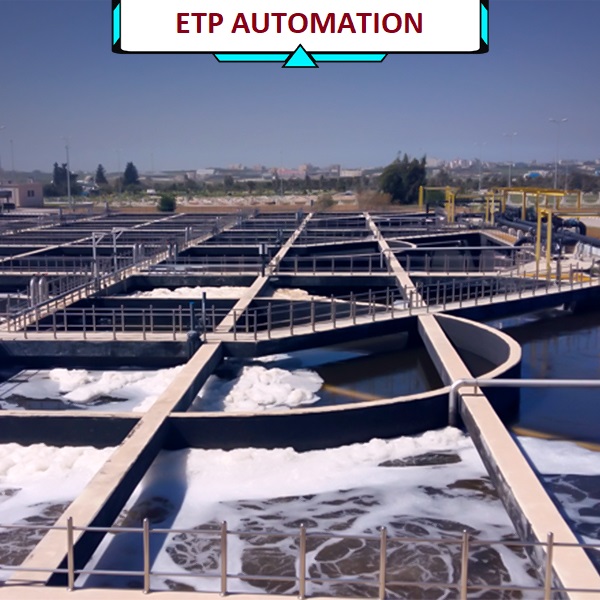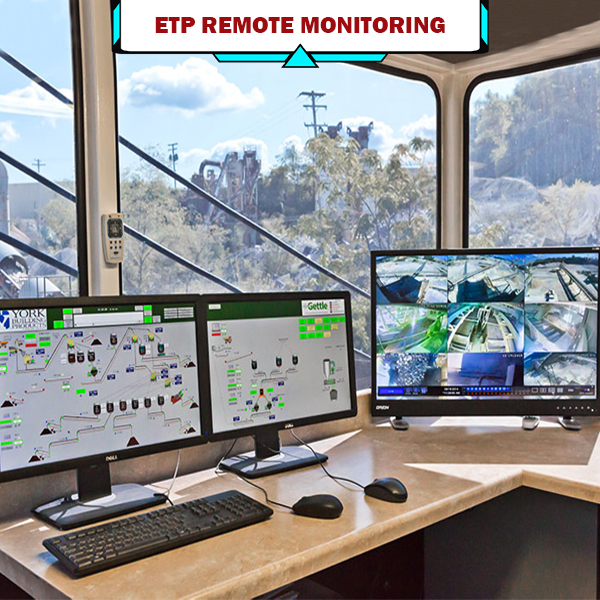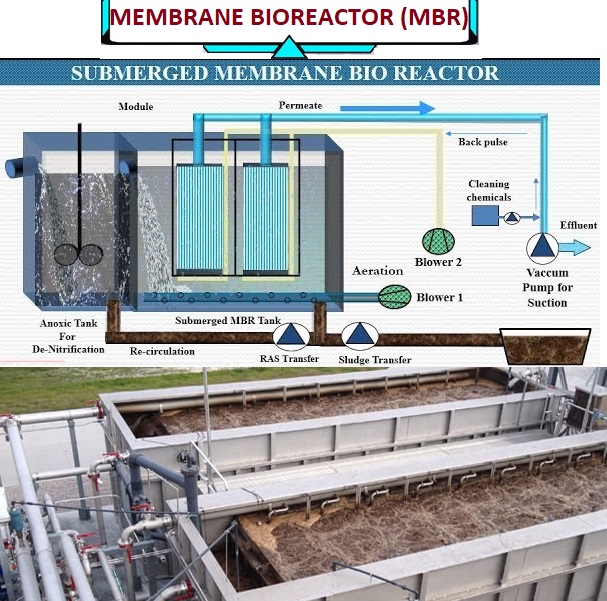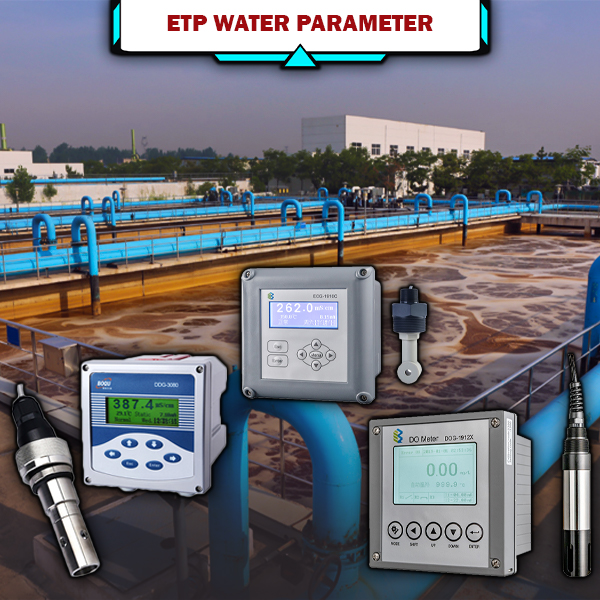ETP AUTOMATION
Tech Lab Bangladesh Limited provides comprehensive ETP (Effluent Treatment Plant) automation services, offering advanced solutions to optimize and automate effluent treatment processes. Our expertise in ETP automation enables us to deliver tailored services that enhance operational efficiency, ensure regulatory compliance, and promote sustainable waste management practices. Our ETP automation services encompass the following key areas: System Design and Engineering: We collaborate closely with clients to understand their specific ETP requirements, treatment objectives, and regulatory standards. Our experienced engineers design the ETP automation system, including the selection of appropriate sensors, actuators, controllers, and communication protocols. We create detailed system layouts, instrumentation diagrams, and control logic diagrams to guide the installation and implementation process. Control System Integration: Tech Lab Bangladesh Limited integrates various control components, such as PLCs (Programmable Logic Controllers), SCADA systems, HMIs (Human-Machine Interfaces), and I/O modules, to create a centralized control platform. We ensure seamless communication and data exchange between different system components for efficient control, monitoring, and data acquisition. Real-time Monitoring and Control: Our ETP automation solutions enable real-time monitoring of critical parameters, such as flow rates, pH levels, temperature, dissolved oxygen, and pollutant concentrations. We implement control algorithms to automate the operation of pumps, valves, mixers, aerators, and other equipment to optimize treatment processes and maintain optimal performance. Alarm and Event Management: Tech Lab Bangladesh Limited incorporates advanced alarm management systems that provide timely alerts and notifications for abnormal conditions or equipment malfunctions. We design custom alarm screens, escalation procedures, and automated responses to ensure swift action and minimize downtime. Data Logging and Reporting: Our ETP automation systems facilitate comprehensive data logging, storage, and analysis of process variables and treatment parameters. We develop reporting functionalities that generate informative reports, trends, and performance indicators to aid in compliance reporting, operational analysis, and decision-making. Remote Monitoring and Control: We enable remote access and monitoring capabilities, allowing operators and authorized personnel to access the ETP system securely from anywhere, facilitating remote troubleshooting, configuration changes, and performance analysis. Integration with External Systems: Tech Lab Bangladesh Limited integrates ETP automation systems with external systems, such as MES (Manufacturing Execution Systems), ERP (Enterprise Resource Planning), or regulatory reporting systems, to streamline data exchange and reporting processes. Training and Support: We provide comprehensive training to operators and maintenance personnel on the operation and maintenance of the ETP automation system. Tech Lab Bangladesh Limited offers ongoing technical support, system maintenance services, and periodic system audits to ensure optimal system performance and longevity. With Tech Lab Bangladesh Limited as your ETP automation service provider, you can achieve greater operational efficiency, compliance with environmental regulations, and sustainable waste management practices. Our tailored automation solutions optimize treatment processes, reduce manual intervention, minimize errors, and improve overall ETP performance. Trust us to be your reliable partner in ETP automation, empowering you to achieve environmental sustainability and operational excellence.
ETP (Effluent Treatment Plant) automation offers numerous benefits and is essential in industrial settings for several reasons:
Enhanced Operational Efficiency: ETP automation optimizes the treatment processes by automating the control and monitoring of various parameters such as flow rates, pH levels, temperature, and pollutant concentrations. Automation ensures precise and consistent control, minimizing human errors and improving overall operational efficiency.
ETP (Effluent Treatment Plant) automation offers numerous benefits and is essential in industrial settings for several reasons:
Enhanced Operational Efficiency: ETP automation optimizes the treatment processes by automating the control and monitoring of various parameters such as flow rates, pH levels, temperature, and pollutant concentrations. Automation ensures precise and consistent control, minimizing human errors and improving overall operational efficiency.
Real-time Monitoring and Control: Automated ETP systems provide real-time monitoring of critical parameters. Operators can access accurate and up-to-date information about the effluent quality, treatment processes, and equipment status. This allows for prompt identification of issues, timely intervention, and proactive decision-making.
Improved Process Stability and Consistency: ETP automation maintains a stable and consistent treatment process by ensuring precise control of dosing, mixing, aeration, and other parameters. This results in consistent effluent quality, reducing variations and ensuring compliance with environmental regulations.
Optimal Resource Utilization: ETP automation enables efficient resource utilization, such as energy, chemicals, and water. By precisely controlling the dosing of chemicals and adjusting process parameters based on real-time data, automation minimizes resource wastage, reduces operational costs, and promotes sustainable practices.
Accurate Data Logging and Reporting: Automated ETP systems facilitate accurate and comprehensive data logging, allowing for in-depth analysis and reporting of treatment performance. This data can be used for compliance reporting, environmental audits, and continuous process improvement.
Early Fault Detection and Alarm Management: ETP automation systems are equipped with advanced alarm management features that promptly detect abnormal conditions or equipment malfunctions. Alarms and notifications are generated, enabling swift corrective actions, reducing downtime, and minimizing the risk of environmental non-compliance.
Remote Monitoring and Control: Automation allows for remote access and monitoring of the ETP system, providing operators and authorized personnel with flexibility and convenience. Remote access enables operators to monitor system performance, make adjustments, and respond to alarms from anywhere, improving responsiveness and reducing the need for on-site presence.
Compliance with Environmental Regulations: ETP automation plays a crucial role in meeting regulatory requirements and ensuring compliance with environmental standards. Automated systems help maintain effluent quality within permissible limits, monitor and record process parameters, and generate compliance reports, streamlining regulatory compliance efforts.
Enhanced Safety and Risk Mitigation: Automation minimizes the need for manual intervention and exposure to potentially hazardous substances, improving operator safety. Automated systems can incorporate safety interlocks, emergency shutdown mechanisms, and alarm systems to mitigate risks and prevent incidents.
Integration with Other Systems: ETP automation can be integrated with other systems such as SCADA (Supervisory Control and Data Acquisition), ERP (Enterprise Resource Planning), or MES (Manufacturing Execution Systems). Integration allows for seamless data exchange, centralized monitoring, and decision-making across multiple departments or systems.
Overall, ETP automation offers improved operational efficiency, process stability, regulatory compliance, resource optimization, and risk mitigation. It empowers industries to effectively manage their effluent treatment processes, reduce environmental impact, and uphold sustainable practices.
Real-time Monitoring and Control: Automated ETP systems provide real-time monitoring of critical parameters. Operators can access accurate and up-to-date information about the effluent quality, treatment processes, and equipment status. This allows for prompt identification of issues, timely intervention, and proactive decision-making.
Improved Process Stability and Consistency: ETP automation maintains a stable and consistent treatment process by ensuring precise control of dosing, mixing, aeration, and other parameters. This results in consistent effluent quality, reducing variations and ensuring compliance with environmental regulations.
Optimal Resource Utilization: ETP automation enables efficient resource utilization, such as energy, chemicals, and water. By precisely controlling the dosing of chemicals and adjusting process parameters based on real-time data, automation minimizes resource wastage, reduces operational costs, and promotes sustainable practices.
Accurate Data Logging and Reporting: Automated ETP systems facilitate accurate and comprehensive data logging, allowing for in-depth analysis and reporting of treatment performance. This data can be used for compliance reporting, environmental audits, and continuous process improvement.
Early Fault Detection and Alarm Management: ETP automation systems are equipped with advanced alarm management features that promptly detect abnormal conditions or equipment malfunctions. Alarms and notifications are generated, enabling swift corrective actions, reducing downtime, and minimizing the risk of environmental non-compliance.
Remote Monitoring and Control: Automation allows for remote access and monitoring of the ETP system, providing operators and authorized personnel with flexibility and convenience. Remote access enables operators to monitor system performance, make adjustments, and respond to alarms from anywhere, improving responsiveness and reducing the need for on-site presence.
Compliance with Environmental Regulations: ETP automation plays a crucial role in meeting regulatory requirements and ensuring compliance with environmental standards. Automated systems help maintain effluent quality within permissible limits, monitor and record process parameters, and generate compliance reports, streamlining regulatory compliance efforts.
Enhanced Safety and Risk Mitigation: Automation minimizes the need for manual intervention and exposure to potentially hazardous substances, improving operator safety. Automated systems can incorporate safety interlocks, emergency shutdown mechanisms, and alarm systems to mitigate risks and prevent incidents.
Integration with Other Systems: ETP automation can be integrated with other systems such as SCADA (Supervisory Control and Data Acquisition), ERP (Enterprise Resource Planning), or MES (Manufacturing Execution Systems). Integration allows for seamless data exchange, centralized monitoring, and decision-making across multiple departments or systems.
Overall, ETP automation offers improved operational efficiency, process stability, regulatory compliance, resource optimization, and risk mitigation. It empowers industries to effectively manage their effluent treatment processes, reduce environmental impact, and uphold sustainable practices.



